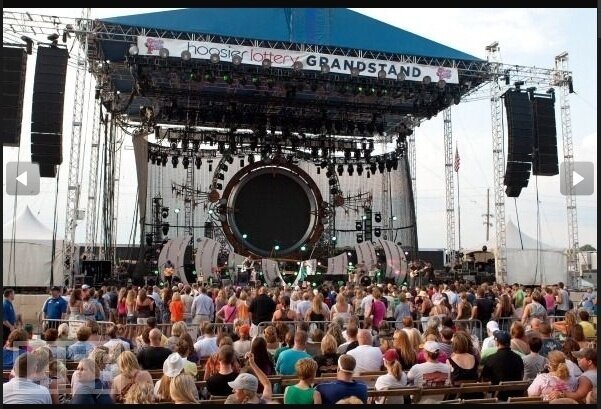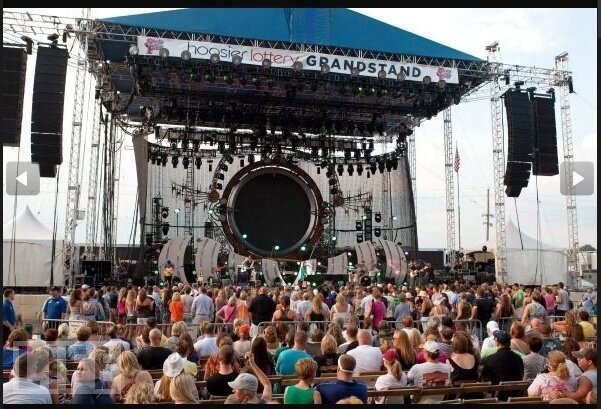ANSI E1.21 - 2006 Temporary Ground-Supported Overhead Structures Used To Cover Stage Areas and Support Equipment in the Production of Outdoor Entertainment Events
ANSI E1.21-2006, Temporary Ground-Supported Overhead Structures Used To Cover Stage Areas and Support Equipment in the Production of Outdoor Entertainment Events, establishes minimum design and performance parameters for the design, manufacturing, use, and maintenance of temporary outdoor stage roofs. Roofs are useful for supporting audio and lighting equipment and for keeping sun and rain off performers and equipment at summer music festivals, but strong storms can turn them into missiles or rubble. E1.21 is designed to ensure that only violent storms are a problem and that appropriate safety measures are in place to prevent or limit damage when these storms arise.
ANSI E1.21-2006, Temporary Ground-Supported Overhead Structures Used To Cover Stage Areas and Support Equipment in the Production of Outdoor Entertainment Events, establishes minimum design and performance parameters for the design, manufacturing, use, and maintenance of temporary outdoor stage roofs. Roofs are useful for supporting audio and lighting equipment and for keeping sun and rain off performers and equipment at summer music festivals, but strong storms can turn them into missiles or rubble. E1.21 is designed to ensure that only violent storms are a problem and that appropriate safety measures are in place to prevent or limit damage when these storms arise.





